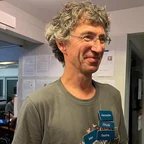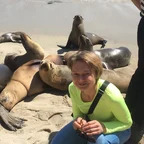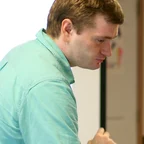
Andrei Antonenko is a lecturer in the Linguistics department of Stony Brook University where he teaches a wide range of graduate and undergraduate courses, from introduction to sociolinguistics to advanced seminars in syntax. He received an MS in Applied Mathematics and a PhD in Theoretical Linguistics from Stony Brook University in 2012. His area of specialization is formal syntax, and he works on a variety of languages, including Slavic, Germanic, Austronesian, East Asian, Caucasian, and others.

























